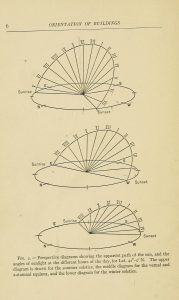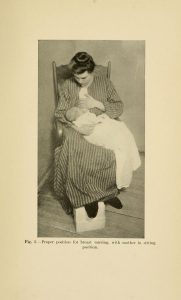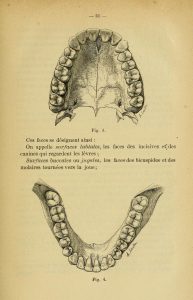
Title page from the Inaugural Essay on Genius and Its Diseases.
According to Thomas Middleton Stuart’s 1819 essay on Genius and Its Diseases there are four reasons for mental genius to become disordered: inactivity, imperfection, artificial excitement, and excessive exercise. Having cited such examples for genius as Newton, Franklin, and Homer, Stuart’s suppositions as to the sources of mental disturbance seem reasonable!
The essay was originally written to complete Stuart’s medical degree. The title page notes that it was “submitted to the examination of Samuel Bard…” and several other faculty members of the “College of Physicians and Surgeons of the University of the State of New York.” Stuart devotes most of his text to enumerating and discussing the causes and types of mental disease arising from genius and only in the last few pages turns to prevention and healing, finishing his argument by citing “…the writings of Rush…” as key to healing the mental upset that will undoubtedly follow from ignoring or abusing the call of genius.
What may seem somewhat odd to the modern reader is that Stuart spends comparatively little time in defining his subject matter. The actual definition of genius delays his argument for only a few pages; he finally settles on a definition borrowed from Dr. Johnson, “…‘a mind of superior general powers.‘” Stuart deepens the definitely by adding that invention seems to be a key component of genius; given that he includes no men (or women) best known for visual talent and very few literary figures in his list of figures he considers to be geniuses, invention is a key commonality between the other men he discusses.
As always, for more from the Medical Heritage Library, please visit our full collection!














